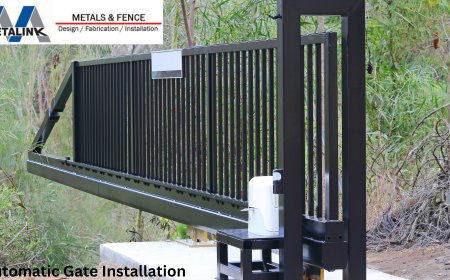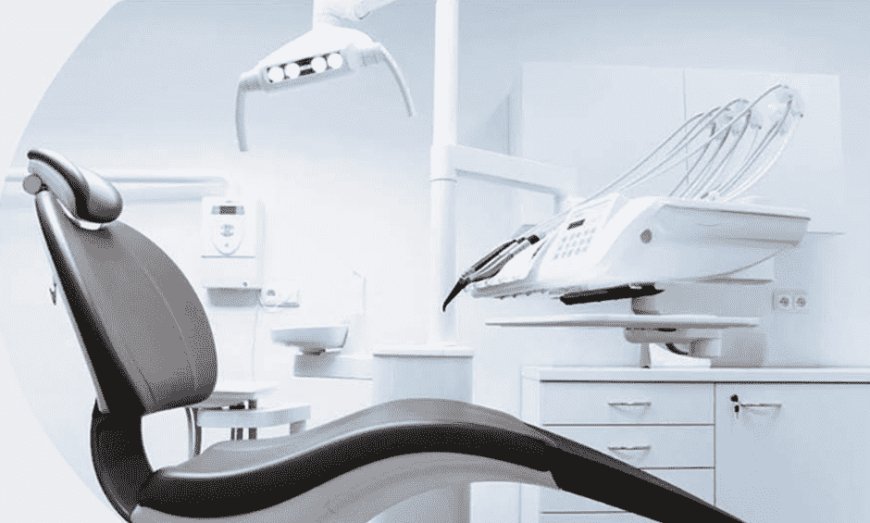Why Medical Equipment Inspections Matter - Omimedtech
The world of healthcare relies heavily on the smooth operation of medical equipment. Medical equipment inspections are the unsung heroes that keep these life-saving tools in peak condition, ensuring patient safety and enhancing the efficiency of healthcare environments. Without regular inspections, healthcare providers would face significant risks, ranging from equipment failure to compromised patient care, making these inspections an essential part of the healthcare industry.
The world of healthcare relies heavily on the smooth operation of medical equipment. Medical equipment inspections are the unsung heroes that keep these life-saving tools in peak condition, ensuring patient safety and enhancing the efficiency of healthcare environments. Without regular inspections, healthcare providers would face significant risks, ranging from equipment failure to compromised patient care, making these inspections an essential part of the healthcare industry.
Regulatory Standards
Healthcare is a highly regulated industry, with strict guidelines regarding the use, maintenance, and management of medical devices. Regular medical equipment inspections ensure that healthcare facilities remain compliant with regulatory standards set by agencies like the FDA, OSHA, and the Joint Commission. Non-compliance could lead to costly legal repercussions and damage to the facility’s reputation. Regular inspections not only mitigate these risks but also promote adherence to best practices in equipment usage and maintenance.
Cost Efficiency
Medical device inspection contributes to cost efficiency by reducing the likelihood of equipment failures and minimizing the need for frequent repairs. Preventive maintenance and timely inspections allow healthcare facilities to maximize the use of their existing assets, extending the lifespan of their equipment and avoiding unnecessary, expensive replacements. In addition, facilities that prioritize inspections can optimize their operational budget, allocating funds to other critical areas like patient care and staffing.
Electrical Safety Inspections
One critical component of medical equipment inspections is the electrical safety inspection. During this process, a certified biomedical technician conducts a thorough visual and functional inspection of each medical device to ensure it is safe for use. Key areas evaluated during an electrical safety inspection include:
- Checking for frayed or damaged power cords
- Ensuring that the device is properly grounded
- Verifying that circuit boards and internal components are functioning correctly
- Testing the equipment’s electrical output to confirm it meets the necessary safety standards
These inspections help prevent electrical hazards, which can pose serious risks to both patients and healthcare providers. Additionally, they contribute to the longevity of the equipment by identifying and addressing minor issues before they evolve into major, costly problems.
Conclusion
medical equipment inspections play a vital role in the healthcare ecosystem by ensuring patient safety, regulatory compliance, and operational efficiency. They may be unseen and often go unnoticed by the general public, but these inspections are the backbone of a well-functioning healthcare facility, keeping essential equipment running smoothly and minimizing risks at every turn. Regular, thorough inspections help hospitals and clinics stay ahead of potential issues, ultimately saving lives and improving the quality of care.
What's Your Reaction?



































